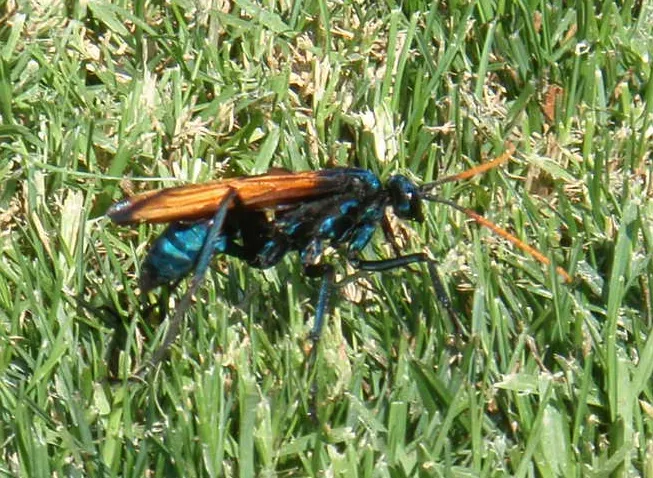Understanding the Tarantula Hawk
The tarantula hawk, a formidable and striking insect, is a large species of the spider wasp family, known scientifically as Pompilidae. These impressive wasps are renowned for their hunting prowess, particularly their method of paralyzing tarantulas to serve as hosts for their larvae. Sporting vibrant colors, often a stark contrast of black and orange or blue, these wasps are a sight to behold in their desert habitats. They play a vital role in their ecosystem, though their imposing size and painful sting often lead to human apprehension. The tarantula hawk’s life cycle and behavior are fascinating examples of nature’s intricate relationships and survival strategies. The tarantula hawk’s existence is a testament to the incredible biodiversity of desert environments and their ability to thrive in challenging conditions, making them a captivating subject of study and observation.
The Tarantula Hawk’s Place in the Ecosystem
In the complex web of the desert ecosystem, tarantula hawks occupy a significant niche. They act as a form of biological control, helping to regulate tarantula populations. By parasitizing these large spiders, they prevent tarantula populations from exploding, contributing to ecological balance. The tarantula hawk’s role extends beyond this, as they are also food sources for other predators, further integrating them into the food chain. Their presence is an indicator of a healthy desert environment, their survival being directly linked to the health of the habitat. These wasps are not only predators but also prey, contributing to the energy flow and biodiversity of their environment. Understanding their place in the ecosystem is crucial for appreciating the intricate connections that define the desert landscape.
Top 5 Predators of Tarantula Hawks
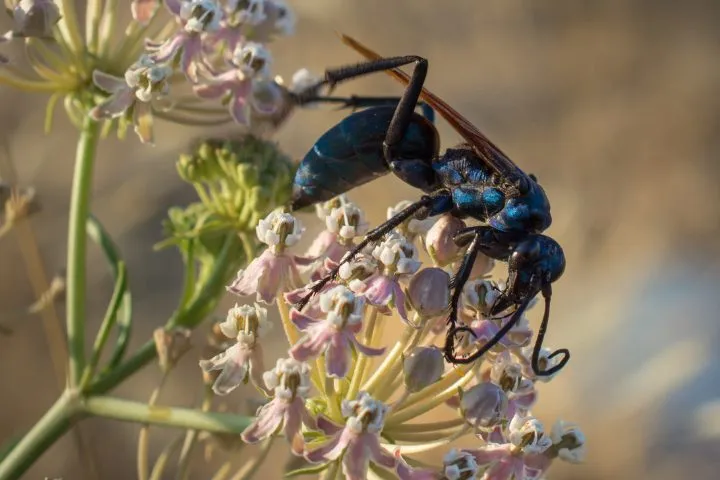
Roadrunners The Swift Hunters
Roadrunners, known for their incredible speed and adaptability, are formidable predators of tarantula hawks. These ground-dwelling birds, often found in arid and semi-arid regions, possess the agility and hunting skills required to catch these fast-flying wasps. Roadrunners are opportunistic feeders, and the tarantula hawk, despite its sting, is a potential meal. Their ability to navigate the desert landscape and their quick reflexes make them well-suited to hunting these insects. This predator-prey relationship showcases the dynamic interactions within the ecosystem, where even the most feared insects can fall victim to a persistent and well-adapted hunter.
Their Hunting Strategies
Roadrunners employ various hunting strategies to capture tarantula hawks. They may actively pursue the wasps in flight, using their speed and maneuverability to their advantage. Alternatively, they might wait near areas where tarantula hawks are likely to be, such as near tarantula burrows or where they forage. Once a tarantula hawk is within range, the roadrunner swiftly strikes, often killing the wasp with a quick peck or a series of blows. The roadrunner’s hunting strategy is a testament to its adaptability, allowing it to exploit various food sources in its environment. These strategies often depend on the terrain, the time of day, and the availability of other prey.
The Impact of Roadrunners on Tarantula Hawk Populations
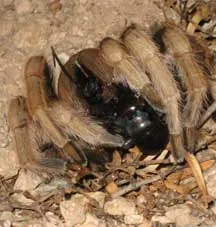
The predation by roadrunners can have a noticeable impact on tarantula hawk populations. While the extent of this impact varies depending on the geographic location and the abundance of roadrunners, it is a significant factor. Roadrunners help regulate tarantula hawk populations, preventing overpopulation and maintaining ecological balance. This interaction highlights the delicate balance within the desert ecosystem, where multiple predator-prey relationships shape the distribution and abundance of species. However, it’s essential to remember that roadrunners do not solely rely on tarantula hawks for sustenance, and their hunting habits encompass a wide range of prey, including insects, lizards, and small mammals.
Foxes The Opportunistic Predators
Foxes, known for their cunning and adaptability, also prey on tarantula hawks. These opportunistic predators will consume almost anything they can catch, and tarantula hawks are no exception. The foxes’ adaptability allows them to hunt in various environments, making them well-suited to catching these wasps when the opportunity arises. While not a primary food source, tarantula hawks represent a potential meal for foxes, especially when other prey is scarce. Their presence in the desert ecosystem further demonstrates the complex interplay of predator-prey relationships and the ability of different species to coexist.
Fox Hunting Habits
Foxes are skilled hunters, employing a variety of techniques to catch their prey. They often hunt at dusk or dawn, when tarantula hawks may be more active. Foxes will stalk their prey, relying on stealth and patience. Their keen senses of smell and hearing help them locate their potential meals. If a fox encounters a tarantula hawk, it might attempt to swat it down or quickly pounce to kill it. In addition, foxes also scavenge for food, so they may consume dead or injured tarantula hawks. The hunting habits of foxes demonstrate their adaptability and their critical role as predators in the desert environment.
The Role of Foxes in the Desert Ecosystem
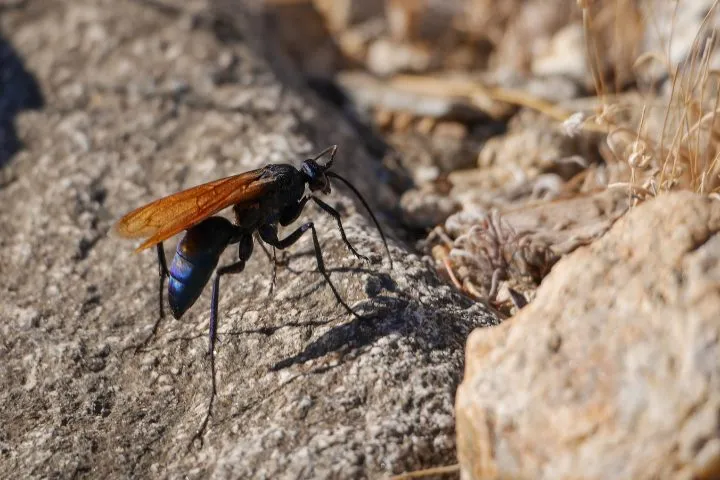
Foxes play a vital role in the desert ecosystem, functioning as both predators and scavengers. They help to control populations of smaller animals, and their scavenging habits contribute to nutrient cycling. By consuming tarantula hawks, foxes further integrate themselves into the food web, contributing to the complex relationships within the environment. Their presence is essential for a balanced and thriving ecosystem, helping to regulate the populations of various species. Foxes are an integral part of the desert ecosystem and they have an important role.
Other Predators
Besides roadrunners and foxes, other predators also pose threats to tarantula hawks. These predators include snakes, lizards, and various birds of prey, each playing a role in controlling the wasp population. These animals are opportunistic hunters, and tarantula hawks, though armed with a powerful sting, can be vulnerable to these diverse predators. This multitude of predators reinforces the complex food web of the desert, where species constantly interact in a battle for survival. This predation pressure helps maintain ecological balance by preventing any one species from dominating the ecosystem.
Snakes The Silent Stalkers
Snakes are opportunistic predators in the desert, and some species may occasionally prey on tarantula hawks. Snakes that hunt on the ground could potentially encounter and consume the wasp, although this is not a primary part of their diet. The snakes’ stealthy approach and venom can pose a threat to the wasp, adding to the factors that contribute to population control. The interaction between snakes and tarantula hawks underscores the diversity of predator-prey relationships in the desert ecosystem.
Lizards and Other Reptiles
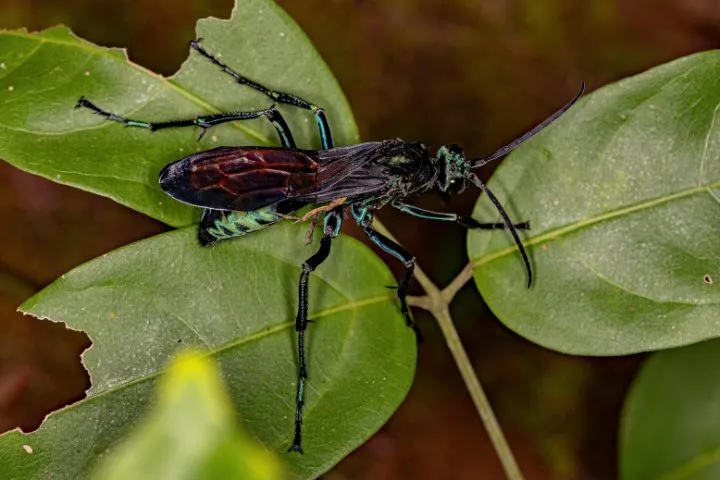
Lizards, especially larger species, can also be predators of tarantula hawks. Their quick reflexes and ability to ambush prey make them capable hunters. Though not a primary food source, the wasps could be preyed upon if an opportunity presents itself. The presence of lizards and other reptiles in the ecosystem provides another element of control on the tarantula hawk population. The variety of reptiles adds to the complexity of the desert’s food web and contributes to the ecological balance.
Birds of Prey
Birds of prey, such as hawks and falcons, are top-level predators in many ecosystems, including deserts. They hunt from the air, employing keen eyesight to spot their meals. While it’s not a common occurrence, birds of prey might capture tarantula hawks if the opportunity arises. These birds possess the ability to hunt from above and can often overtake insects and other prey. Their presence adds another layer of complexity to the food web, and highlights the ongoing interactions among different species.
Human Impact and Conservation
Habitat Loss and Its Effects
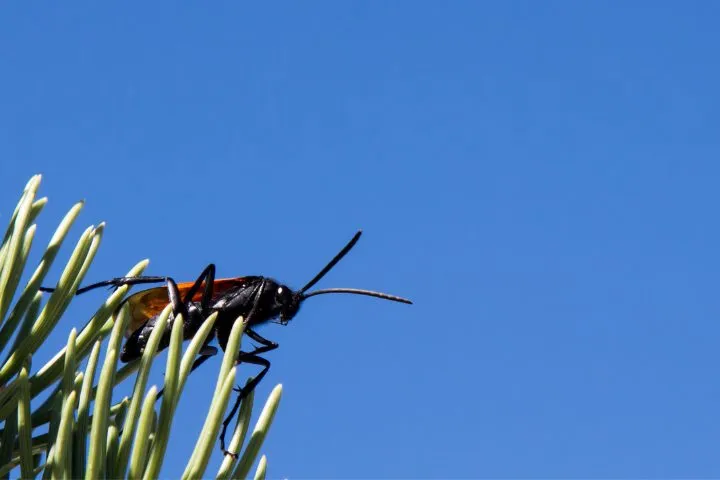
Human activities, such as habitat destruction, pose a significant threat to tarantula hawks and the entire desert ecosystem. Development, agriculture, and other factors can lead to the loss of essential habitats, reducing the availability of suitable nesting sites and foraging grounds. The consequences of habitat loss can be severe, leading to a decline in tarantula hawk populations and the disruption of the delicate balance within the ecosystem. This can affect various species, from the spiders that they hunt to the predators that eat them. Conservation efforts are crucial to preserve the tarantula hawks and the environment in which they thrive.
Conservation Efforts and What You Can Do
Supporting conservation efforts is vital to protect tarantula hawks and their habitat. This may involve supporting organizations dedicated to desert conservation, advocating for responsible land use practices, and educating others about the importance of these insects and their environment. You can contribute by avoiding the use of pesticides, which can harm these insects and their prey, or by helping to create and maintain wildlife-friendly gardens. Understanding the importance of these insects and actively participating in conservation efforts can help to ensure the survival of tarantula hawks and the overall health of the desert ecosystem. These efforts support the long-term health of the environment and the complex interactions between species that make the desert such a fascinating place.
